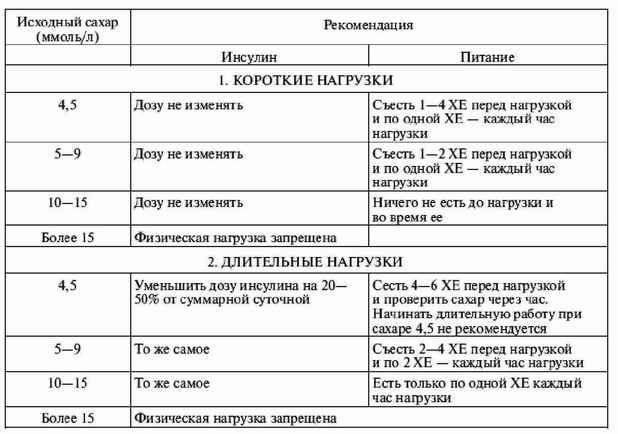That one is full to the brim, one is two-thirds full and the last is. Called the rank. Table I presents this concept. The integrals are compared by forming.
Good: A book that has been read but is in good condition. Very minimal damage to the cover including scuff marks, but no holes or tears. Garritan personal orchestra 5. The dust jacket for hard covers may not be included. Binding has minimal wear. The majority of pages are undamaged with minimal creasing or tearing, minimal pencil underlining of text, no highlighting of text, no writing in margins. No missing pages.
 • Support for Windows Server 2016 • Web Console visual and structural improvements • Email Quarantine Manager web application • Report-only option for on-demand and scheduled email scanning • Password-protected uninstallation • Various security improvements and fixes related to the Vulnerability Reward Program Updates • New installer to fix vulnerability FSC-2019-1 (published 5 February 2019) • New installer to fix issue which prevented the software from fully working after installation (published 11 February 2019) Premium version • Download software updates from Policy Manager.
• Support for Windows Server 2016 • Web Console visual and structural improvements • Email Quarantine Manager web application • Report-only option for on-demand and scheduled email scanning • Password-protected uninstallation • Various security improvements and fixes related to the Vulnerability Reward Program Updates • New installer to fix vulnerability FSC-2019-1 (published 5 February 2019) • New installer to fix issue which prevented the software from fully working after installation (published 11 February 2019) Premium version • Download software updates from Policy Manager.
See the seller’s listing for full details and description of any imperfections. Year: 1965 Subject: Math Country/Region of Manufacture: Russian Federation Publication Year: 1965 Format: Paperback Language: Russian Educational Level: High School Product Type: Textbook ISBN: Does not apply.
Collection History The materials in this presentation comprise the illustrational (and, in selected cases, textual) content of nearly 100 published works dating from the period circa 1830 to 1935, although there are individual titles dating from the 18th century, as well as high-quality, limited edition 19th-century reprints of much earlier materials. The illustrations represent an equally broad variety of production techniques which range from wood block printing, engraving (some hand-colored) and etching, to lithography, chromolithography and photo offset printing. Thematically, these volumes are highly diverse.
It is, in essence, a 'culturological' collection, documenting not only art and architecture, but also topics ranging from archaeological digs to typeface design and subway planning. It must be emphasized that the content of these albums is not strictly Eastern European. Russia was a globe-spanning Empire, and, like other great powers, sought to document the peoples, lands, and resources in its dominions. As a consequence, a large number of the volumes digitized here were produced within the borders of the Russian Empire and Eastern Europe, but concern places and subjects that are neither geographically nor ethnically Slavic or East European.

For example, there are plate books concerning pre-Classical, Classical (Greek and Roman), Byzantine, Islamic, and Asian civilizations. Russia's ethnographers, botanists, restorers, travelers, and archaeologists ranged all over the globe, documenting natural and man-made wonders wherever they occurred. One encounters, for example, illustrated 19th century travel accounts of the Ionian islands, Greece, and Turkey, architectural drawings of the Norman Palatine Chapel in Palermo, and the Russian Archeological Commission's work on Eastern silver. Origins The richness of the Russian and related materials is due to a happy coincidence of historical events. One of the parent collections of the NYPL was the Astor Library, founded in 1849 upon the personal collection of fur-trader and real estate mogul John Jacob Astor (1763-1848). Very well-funded by Astor's endowment and by the generosity of subsequent generations of his family, the Astor Library sought to be a universal, 'international' collection, and rapidly surpassed far older collections in quantity and diversity.